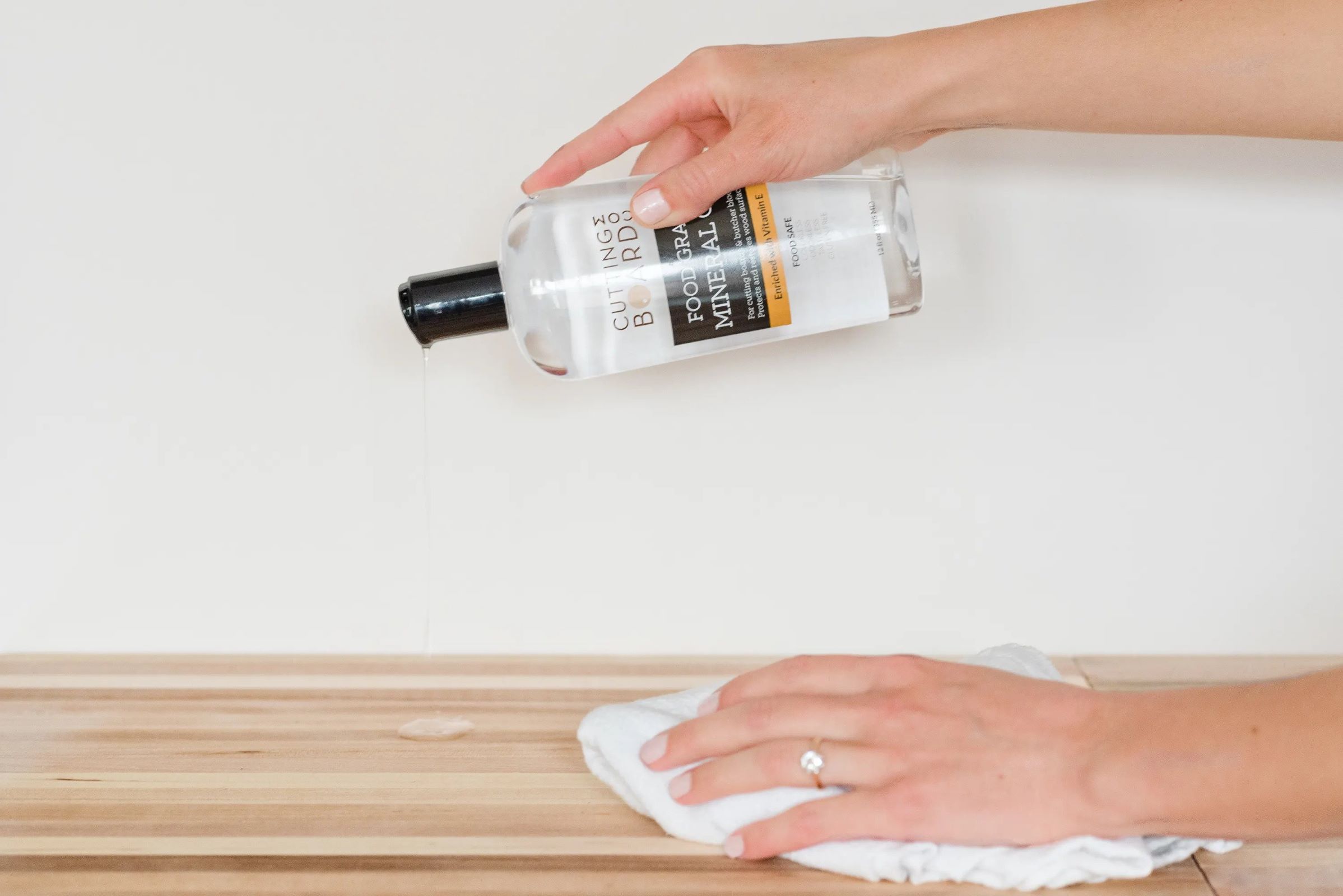

Articles
How To Care For Wooden Countertops
Modified: December 7, 2023
Discover the best articles for caring for your wooden countertops, including tips for cleaning, maintenance, and protecting against damage. Ensure your countertops last for years with these expert techniques.
(Many of the links in this article redirect to a specific reviewed product. Your purchase of these products through affiliate links helps to generate commission for Storables.com, at no extra cost. Learn more)
Introduction
Wooden countertops bring a warm and natural touch to any kitchen or bathroom. They provide a timeless beauty and are a popular choice among homeowners looking to add a touch of elegance to their space. However, like any other surface, wooden countertops require proper care and maintenance to keep them looking their best and ensure their longevity.
In this article, we will guide you on how to care for wooden countertops, from choosing the right wood to cleaning and maintenance, preventing damage, removing stains and scratches, and finally, restoring and refinishing.
By following these guidelines, you can keep your wooden countertops looking stunning for years to come.
Key Takeaways:
- Choose durable hardwoods like maple, oak, or cherry for long-lasting wooden countertops. Consider grain pattern, finish, and sustainability to ensure a beautiful and functional addition to your space.
- Regularly clean, oil, and protect wooden countertops to maintain their natural beauty. Address stains and scratches promptly, and periodically restore and refinish to extend their lifespan.
Read more: Where To Buy Wooden Countertops
Choosing the Right Wood
When it comes to wooden countertops, choosing the right type of wood is crucial. Not all types of wood are suitable for use as countertops, as they need to withstand the rigors of daily use and exposure to moisture. Here are a few factors to consider when selecting the right wood for your countertops:
1. Hardness: Hardwoods such as maple, oak, cherry, and teak are excellent choices for countertops, as they are durable and can handle regular use without denting or scratching easily. Avoid softer woods like pine or fir, as they are more prone to damage.
2. Grain Pattern: The grain pattern of the wood will significantly impact the overall aesthetic appeal of your countertops. Choose a grain pattern that complements your kitchen or bathroom decor. Some popular options include straight grain, rift-cut, and end-grain.
3. Finish: The finish of the wood will affect how it looks and how resistant it is to stains and moisture. Consider using a food-safe finish such as mineral oil or a specialized wood sealer specifically designed for countertops.
4. Budget: Different types of wood come with varying price points. Consider your budget and choose a wood that fits within your financial constraints.
5. Sustainability: If sustainability is important to you, opt for wood that is sourced from responsibly managed forests or choose reclaimed wood for an eco-friendly option.
Once you have chosen the right wood for your countertops, it is time to move on to the next step: cleaning and maintenance.
Cleaning and Maintenance
Proper cleaning and maintenance are essential for keeping wooden countertops in pristine condition. Follow these tips to ensure your countertops stay clean and free from damage:
1. Daily Cleaning: Wipe down your wooden countertops regularly with a damp cloth or sponge to remove crumbs and spills. Avoid using harsh cleaners or abrasive sponges, as they can scratch the surface. Instead, use a mild dish soap mixed with warm water for gentle cleaning.
2. Drying: After cleaning, make sure to dry the countertops thoroughly to prevent moisture from penetrating the wood. Use a clean cloth to wipe away excess water and allow the countertop to air dry completely.
3. Regular Oil Application: Wooden countertops benefit from regular oil application to maintain their beauty and protect against moisture. Use food-grade mineral oil or a specialized wood conditioner recommended by the manufacturer. Apply the oil in a thin, even layer following the wood grain and allow it to soak in for a few hours or overnight before wiping off any excess.
4. Avoid Heat Exposure: Wooden countertops can be sensitive to heat, so it is crucial to protect them from hot pots, pans, and appliances. Always use trivets, hot pads, or cutting boards to provide a barrier between the wood and hot objects.
5. Preventive Measures: To avoid staining or damaging the surface, use cutting boards when preparing food and place mats or coasters under glasses, bottles, and utensils. Wipe away spills immediately to prevent them from seeping into the wood.
6. Regular Inspections: Periodically inspect your countertops for any signs of damage, such as cracks, scratches, or water stains. Address any issues promptly to prevent them from worsening.
By following these cleaning and maintenance practices, you can ensure that your wooden countertops remain beautiful and functional for years to come.
Preventing Damage
Preventing damage to wooden countertops is crucial to maintain their beauty and longevity. Here are some preventive measures you can take:
1. Use Cutting Boards: Always use cutting boards when chopping or slicing ingredients. This will protect the wood from knife marks and scratches, and also prevent the transfer of bacteria from raw meats to the countertop surface.
2. Avoid Harsh Cleaners: Harsh chemicals and abrasive cleaners can damage the finish and cause discoloration. Stick to mild dish soap and warm water for regular cleaning.
3. Keep Moisture in Check: Water is one of the biggest enemies of wooden countertops. Wipe up spills immediately to prevent water from seeping into the wood and causing damage. Also, ensure that the area around the sink is properly caulked to prevent water from getting underneath the countertop.
4. Protect from Extreme Temperatures: Avoid placing hot pots, pans, or appliances directly on the wooden surface, as extreme heat can cause cracks and discoloration. Always use trivets, hot pads, or cutting boards to provide a protective barrier.
5. Mind the Weight: Be mindful of the weight you place on the countertops. Avoid placing heavy objects or applying excessive pressure in one spot as it can lead to dents and damage over time.
6. Use Coasters and Mats: Protect your wooden countertops from moisture rings and stains by using coasters under drinks, and mats or trivets under hot dishes or containers.
7. Regular Inspections: Periodically inspect the countertops for any signs of wear or damage. Address any issues promptly to prevent them from worsening and ensure the longevity of your wooden countertops.
By following these preventive measures, you can keep your wooden countertops looking beautiful and pristine for years to come.
To care for wooden countertops, regularly clean with a mild soap and water, dry thoroughly after cleaning, and apply a food-safe mineral oil or beeswax to maintain the wood’s natural beauty and protect it from moisture.
Removing Stains and Scratches
Wooden countertops can sometimes develop stains and scratches despite our best efforts. The good news is that many of these issues can be addressed and resolved. Here are some tips for removing stains and scratches from your wooden countertops:
1. Stain Removal:
- If you notice a fresh stain, act quickly by blotting the area with a clean cloth or paper towel to absorb as much of the stain as possible.
- Gently scrub the stained area with a soft sponge or cloth dampened with a mixture of mild dish soap and warm water.
- If the stain persists, create a paste using baking soda and water. Apply the paste to the stain, let it sit for a few minutes, then gently scrub and rinse.
- For tougher stains, consider using specialized wood stain removers or oxalic acid, following the manufacturer’s instructions carefully.
2. Scratch Repair:
- For minor scratches, try using a fine-grit sandpaper to lightly buff the surface in the direction of the wood grain. Be gentle and test in an inconspicuous area first.
- If the scratches are deeper but not too extensive, you can use a wood filler or putty that matches the color of your countertop. Fill the scratch, let it dry, and then sand it down until it is smooth and level with the surrounding wood.
- If the scratches are severe or cover a large area, it may be necessary to consult a professional to repair or refinish the countertop.
3. Refinishing:
- If your wooden countertop has extensive scratches or has lost its luster over time, refinishing it can bring it back to life.
- Sand the countertop surface to remove the existing finish, stains, and scratches. Start with a coarse-grit sandpaper and gradually move to a finer grit.
- After sanding, wipe away any dust and apply a fresh coat of food-safe finish, such as mineral oil or a specialized wood sealer. Follow the manufacturer’s instructions for application and drying times.
It’s important to note that some stains and scratches may be too deep or extensive to remove completely. In such cases, it may be necessary to consider professional refinishing or even replacement of the affected area.
By addressing stains and scratches promptly and using appropriate techniques, you can restore the beauty of your wooden countertops and enjoy their natural charm for years to come.
Read more: How To Varnish A Wooden Floor
Restoring and Refinishing
Over time, wooden countertops may start to show signs of wear and lose their original luster. Restoring and refinishing your countertops can help revive their beauty and extend their lifespan. Here are some steps to follow:
1. Assess the Condition:
Begin by assessing the current condition of your wooden countertops. Look for any deep scratches, stains, or areas where the finish has worn away.
2. Sanding:
Start the restoration process by sanding the entire countertop surface. Begin with a coarse-grit sandpaper to remove any damaged layers of wood or old finish. Gradually progress to finer grits until the surface feels smooth and even. Sanding also helps to remove any stains or discoloration.
3. Cleaning:
After sanding, thoroughly clean the countertop surface to remove any dust or debris. Use a damp cloth or sponge, and allow the surface to dry completely before proceeding.
4. Stain or Finish Application:
If you wish to change the color of your wooden countertops, apply a wood stain of your choice. Make sure to follow the directions on the stain can, and apply it evenly, following the direction of the wood grain. Allow the stain to dry completely before applying any protective finish.
If you prefer to maintain the original color, skip the staining step and proceed directly to the finishing stage.
5. Protective Finish:
Apply a protective finish to the restored wooden countertops to enhance their durability and protect them from moisture and stains. Food-safe finishes such as mineral oil, beeswax, or sealers designed specifically for countertops are popular choices. Apply the finish evenly using a clean cloth, brush, or sponge, following the manufacturer’s instructions regarding application and drying times.
6. Curing:
Allow the protective finish to cure for the recommended amount of time before using your countertops. During this time, be cautious about placing heavy objects or exposing the surface to excessive water or heat.
7. Ongoing Maintenance:
To keep your restored wooden countertops looking their best, follow regular cleaning and maintenance practices mentioned earlier in this article. Apply a fresh coat of protective finish periodically to maintain the wood’s beauty and protect it from everyday wear and tear.
By periodically restoring and refinishing your wooden countertops, you can revive their appearance and prolong their lifespan, ensuring that they continue to be a beautiful and functional addition to your space.
Conclusion
Wooden countertops bring a timeless and natural beauty to any kitchen or bathroom. By following the proper care and maintenance techniques outlined in this article, you can ensure that your wooden countertops remain stunning and functional for years to come.
Choosing the right wood, such as maple or oak, is essential to ensure the durability and longevity of your countertops. Regular cleaning with mild dish soap and warm water, along with the application of a food-safe finish, will help protect against stains and moisture.
Preventing damage is key in maintaining the integrity of your countertops. Using cutting boards, protecting from heat, and promptly cleaning up spills will help prevent scratches, cracks, and water damage.
In the event of stains or scratches, prompt action is necessary. Utilize gentle cleaning methods and specialized products, if needed, to remove stains. For scratches, consider sanding and refinishing the surface to restore its original beauty.
Restoring and refinishing your wooden countertops periodically will help revitalize their appearance and prolong their lifespan. By sanding the surface, cleaning thoroughly, and applying a fresh stain or finish, you can bring back the luster and protect the wood from everyday wear and tear.
Remember to always follow manufacturer’s instructions and use food-grade or recommended products when caring for your wooden countertops.
By dedicating a little time and effort to the care and maintenance of your wooden countertops, you can enjoy their natural charm and functionality for many years, creating a warm and inviting space in your kitchen or bathroom.
Frequently Asked Questions about How To Care For Wooden Countertops
Was this page helpful?
At Storables.com, we guarantee accurate and reliable information. Our content, validated by Expert Board Contributors, is crafted following stringent Editorial Policies. We're committed to providing you with well-researched, expert-backed insights for all your informational needs.
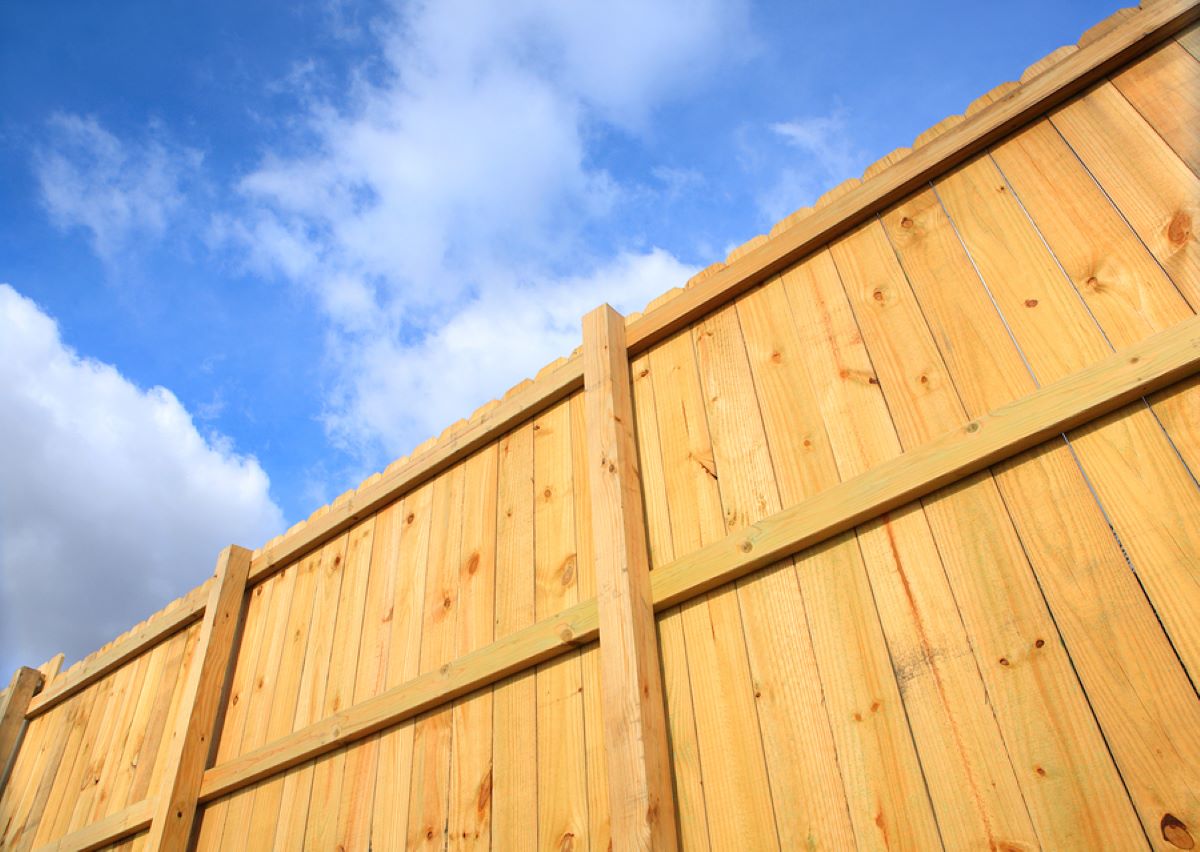
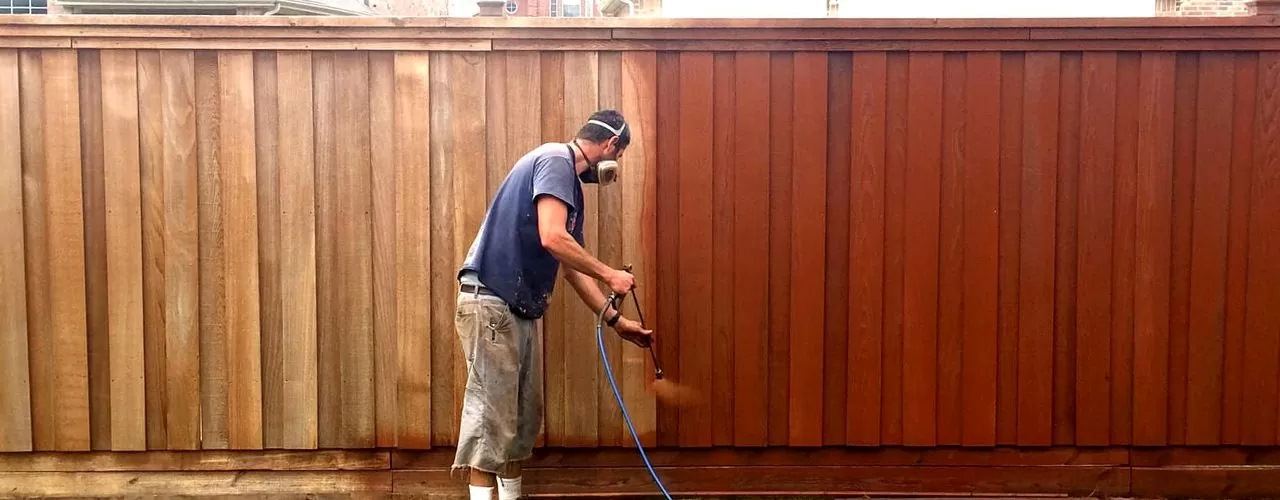
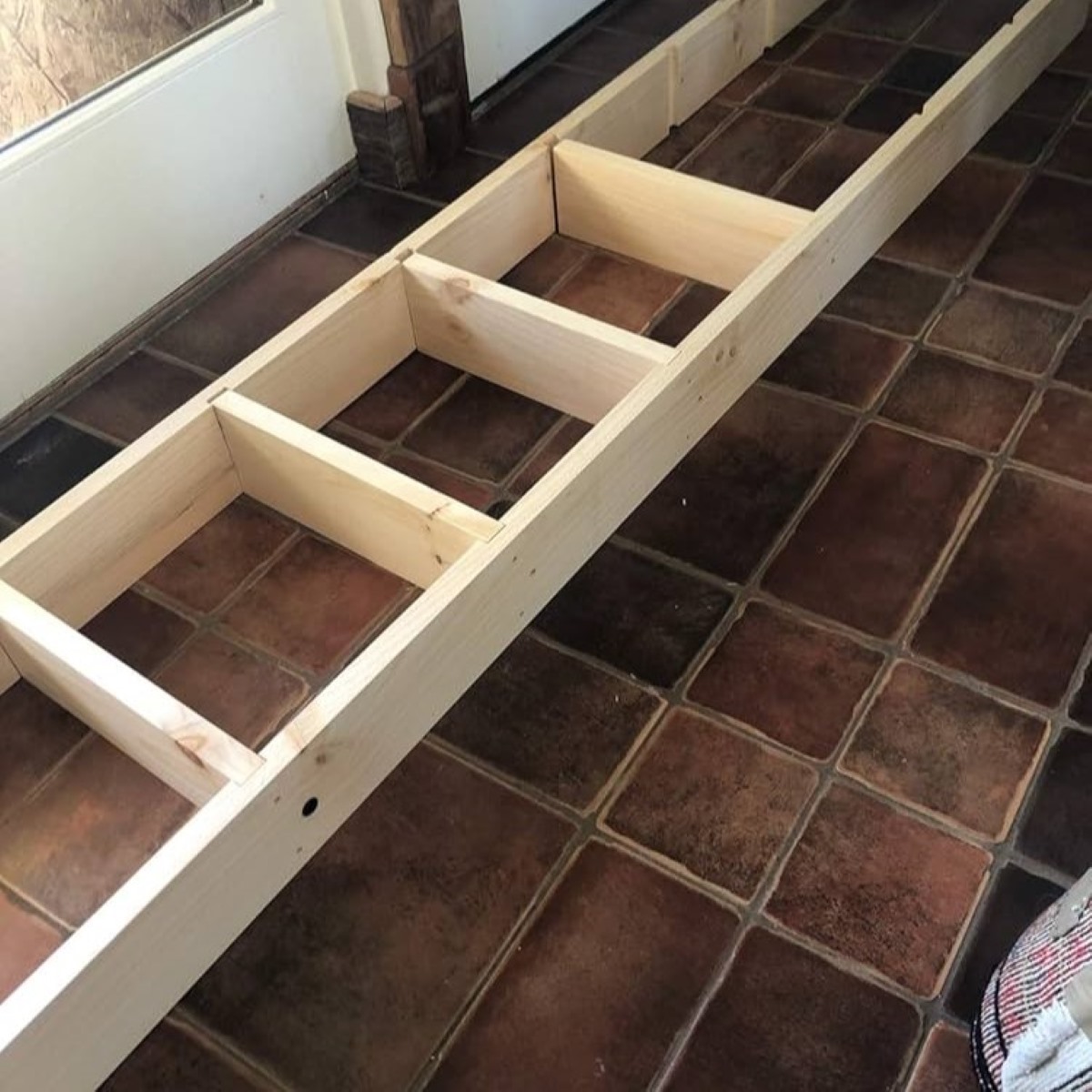
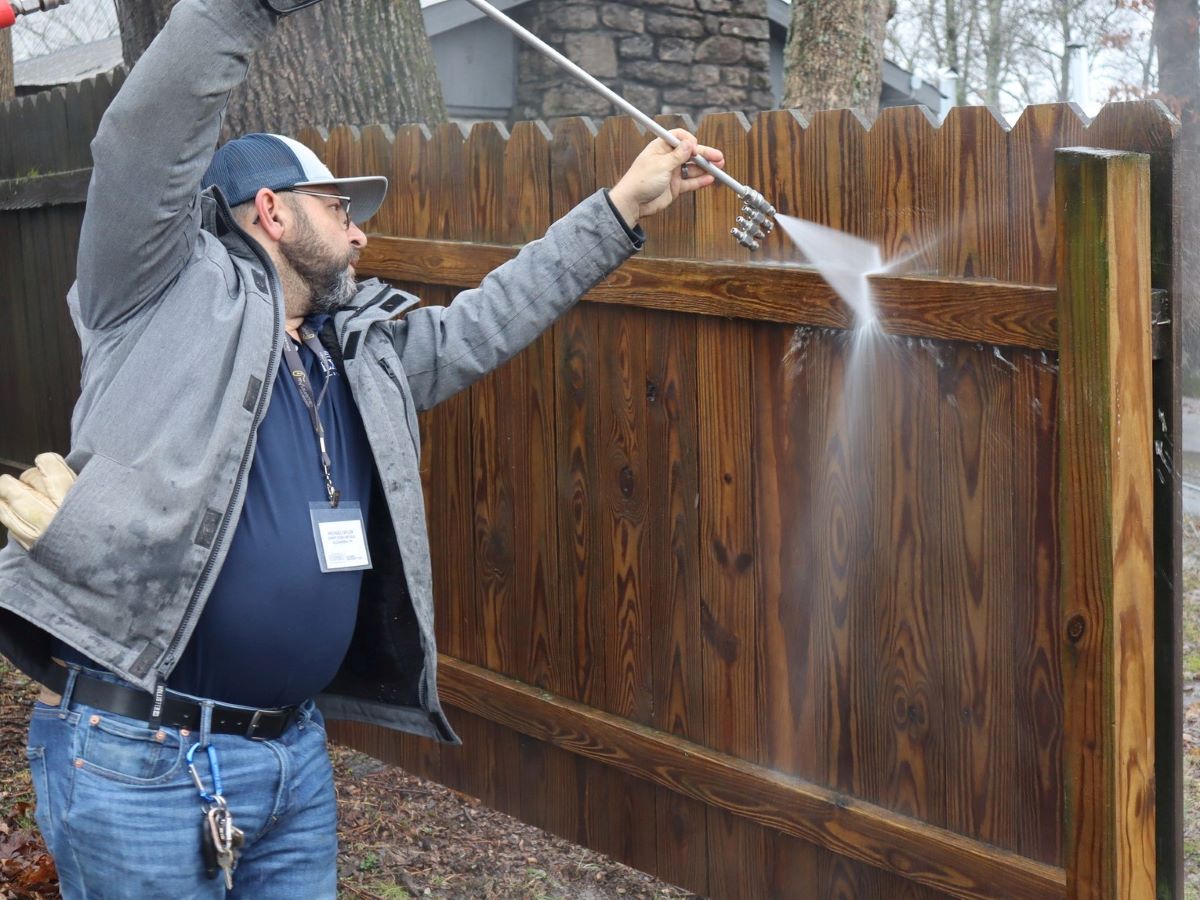
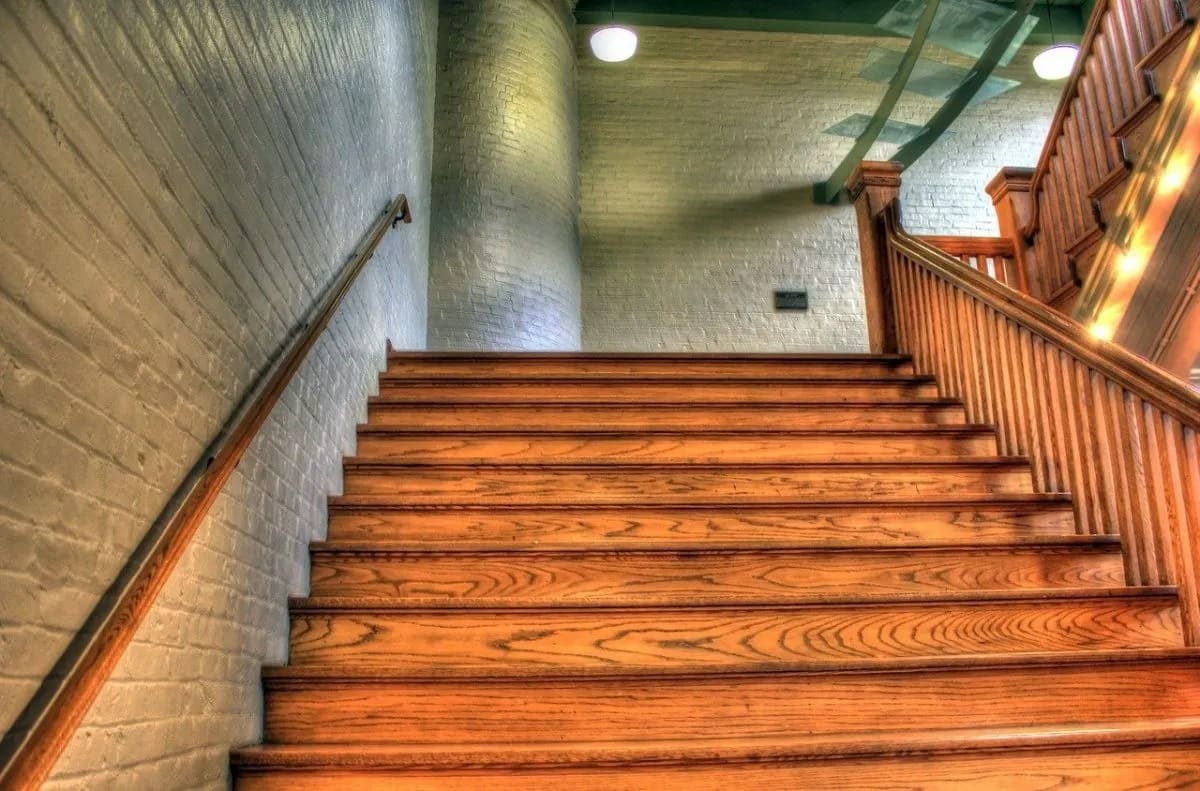
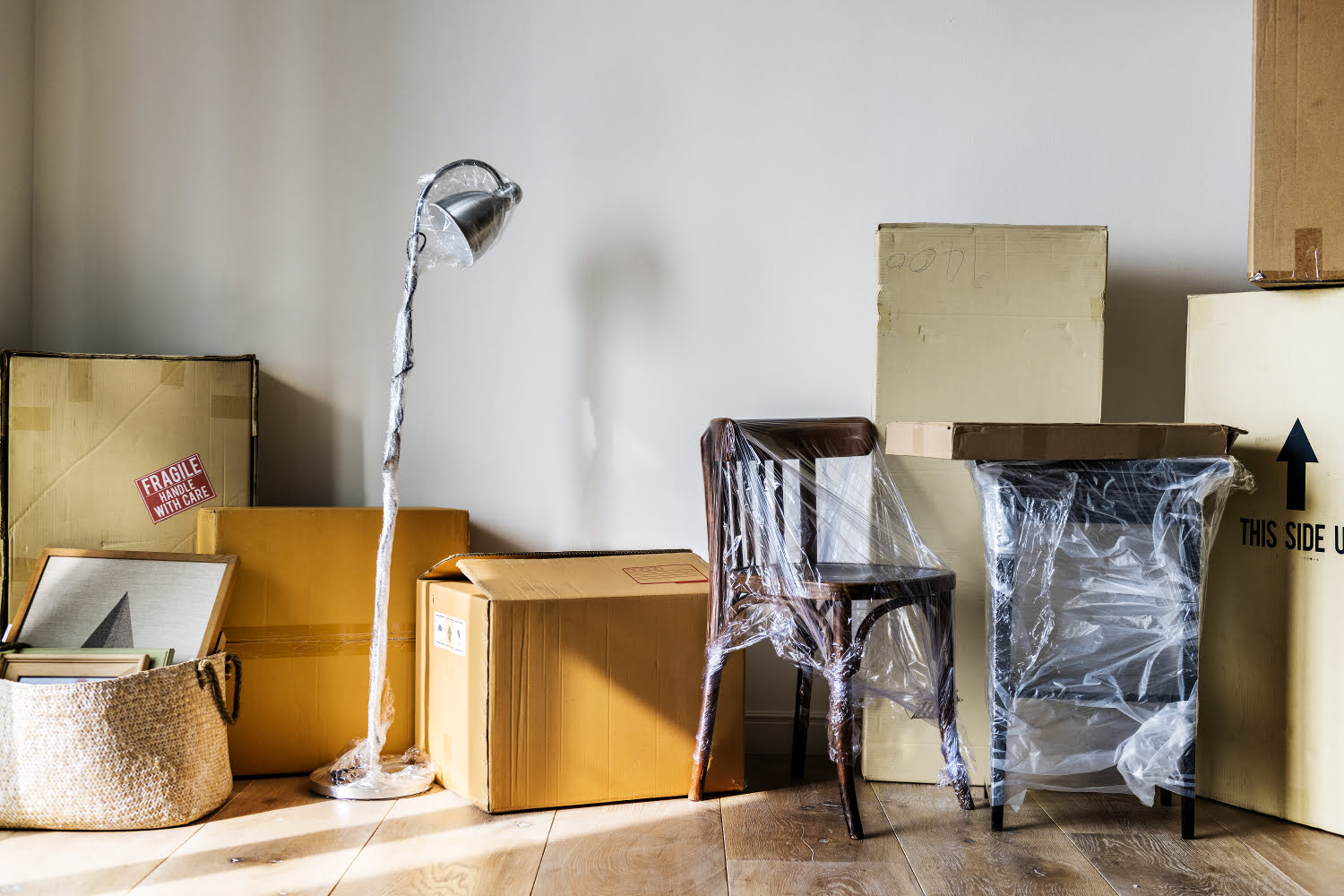
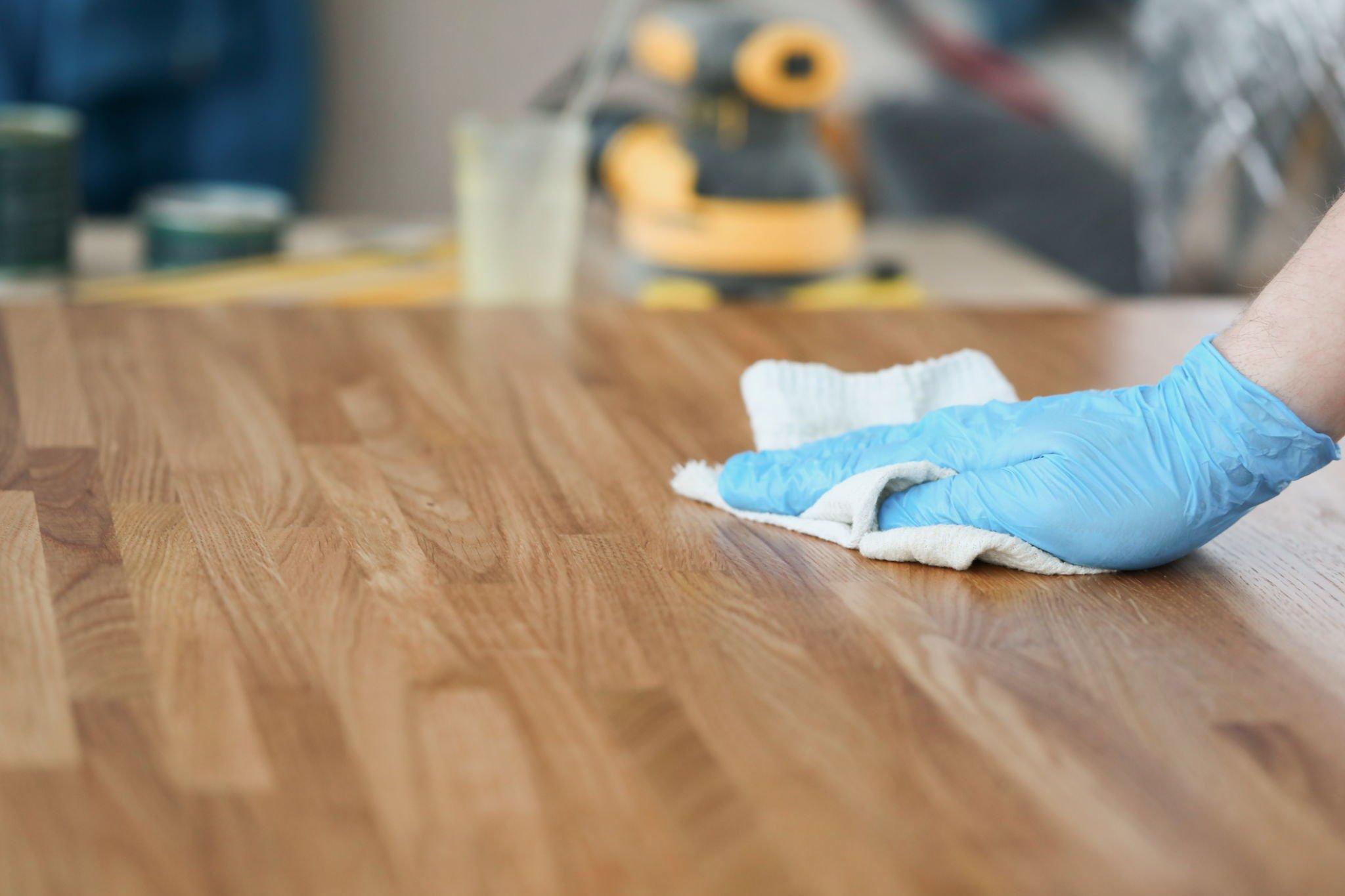
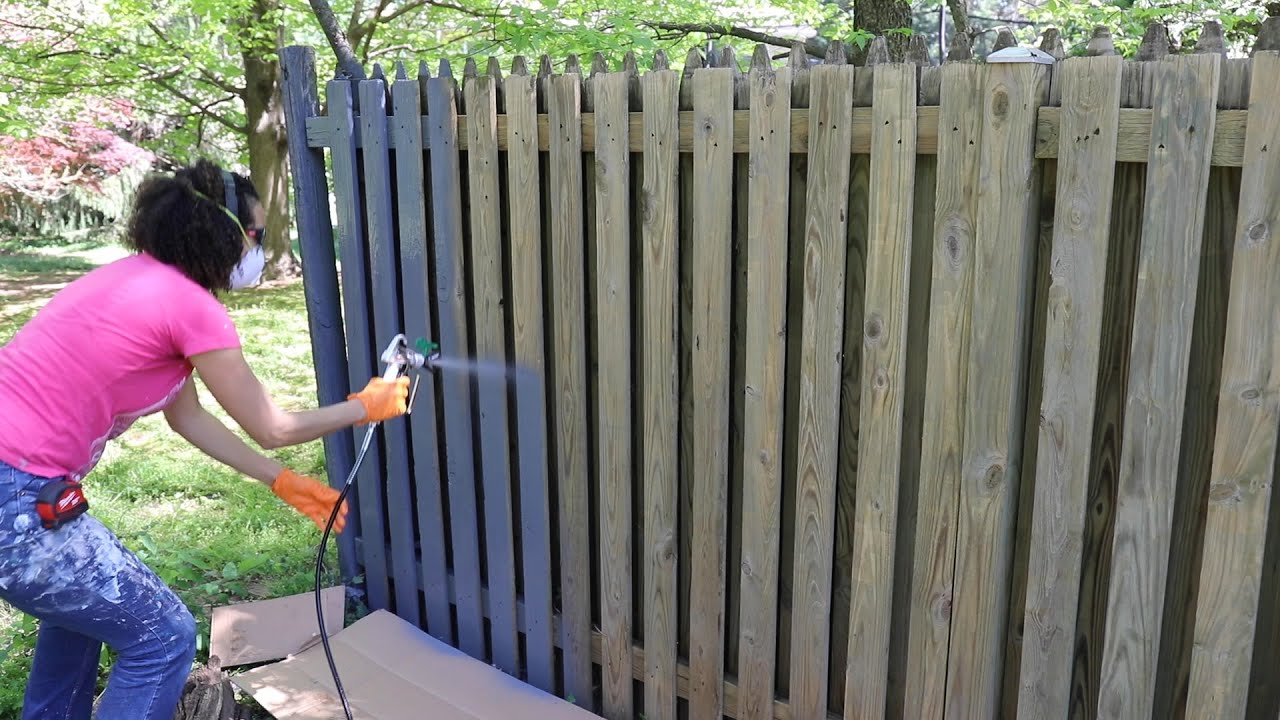
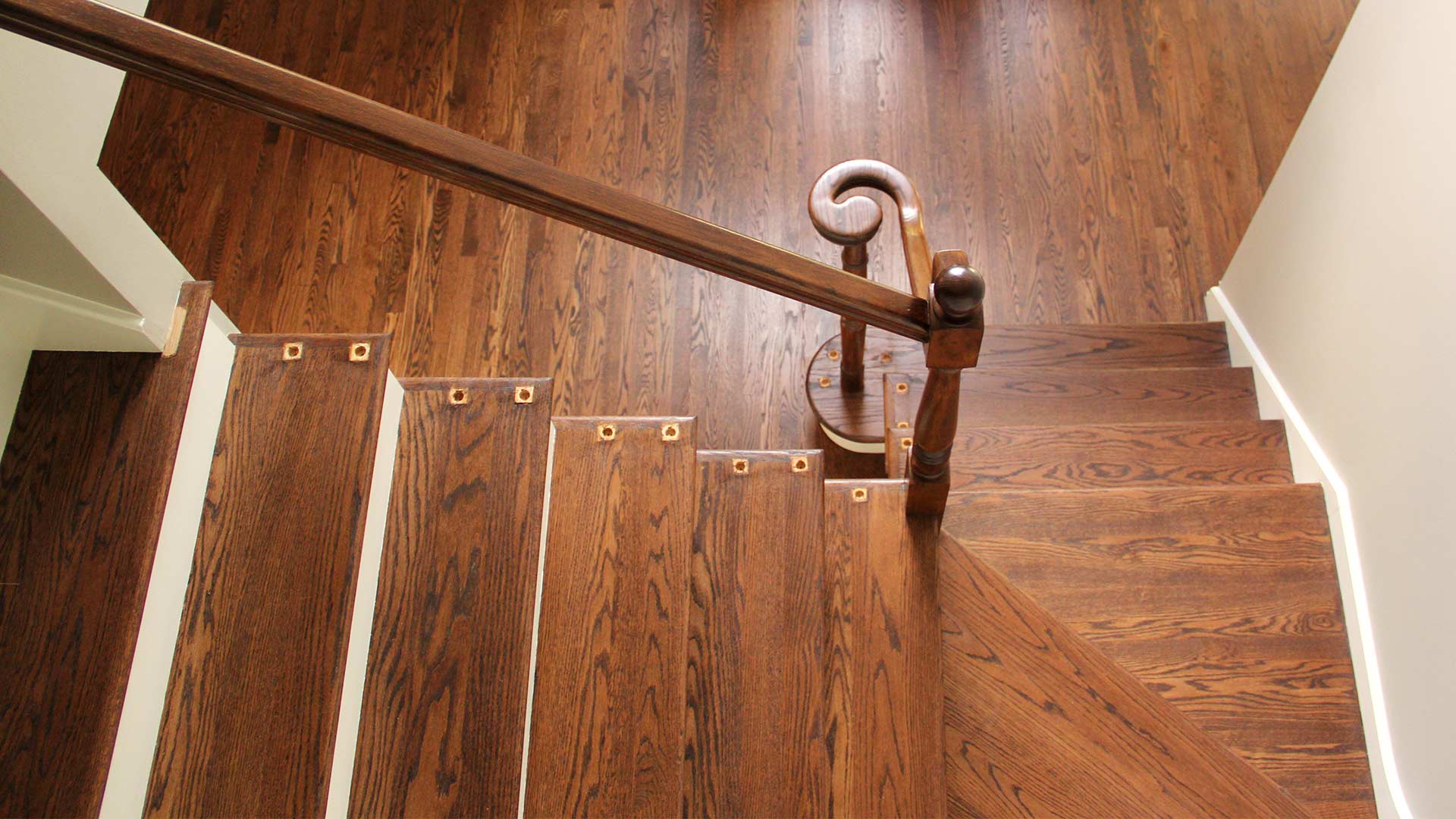

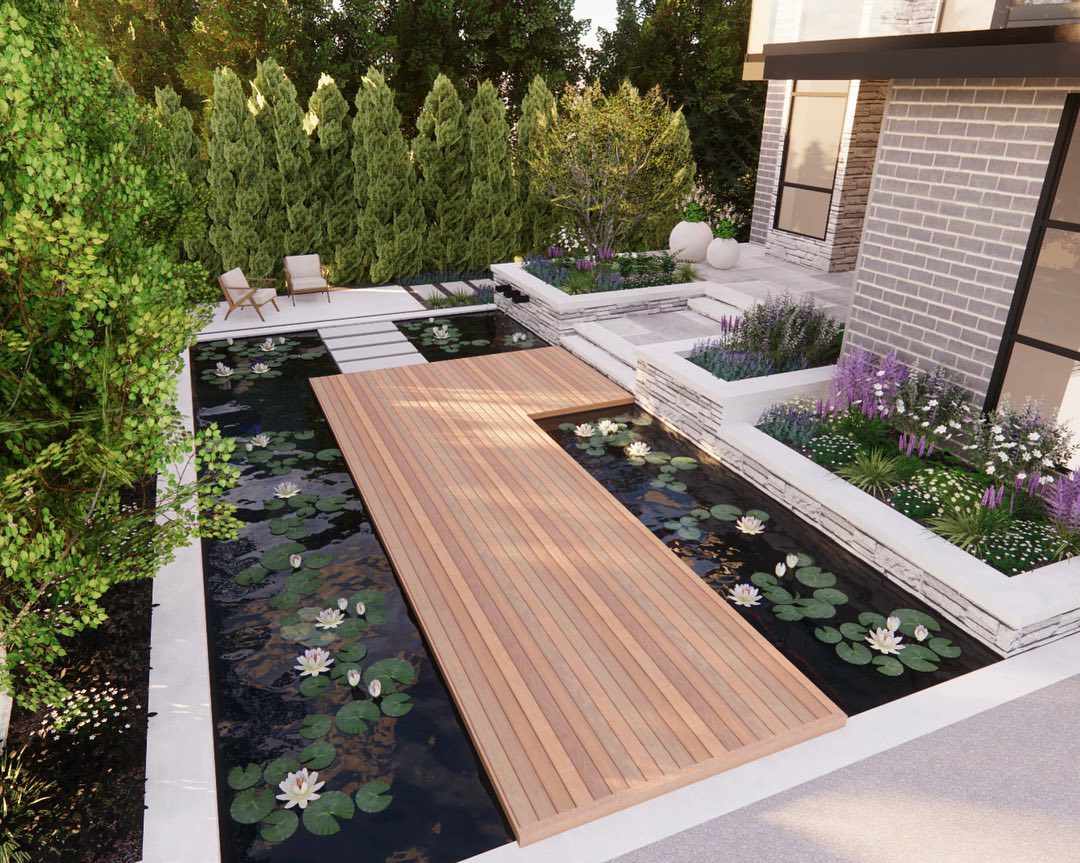
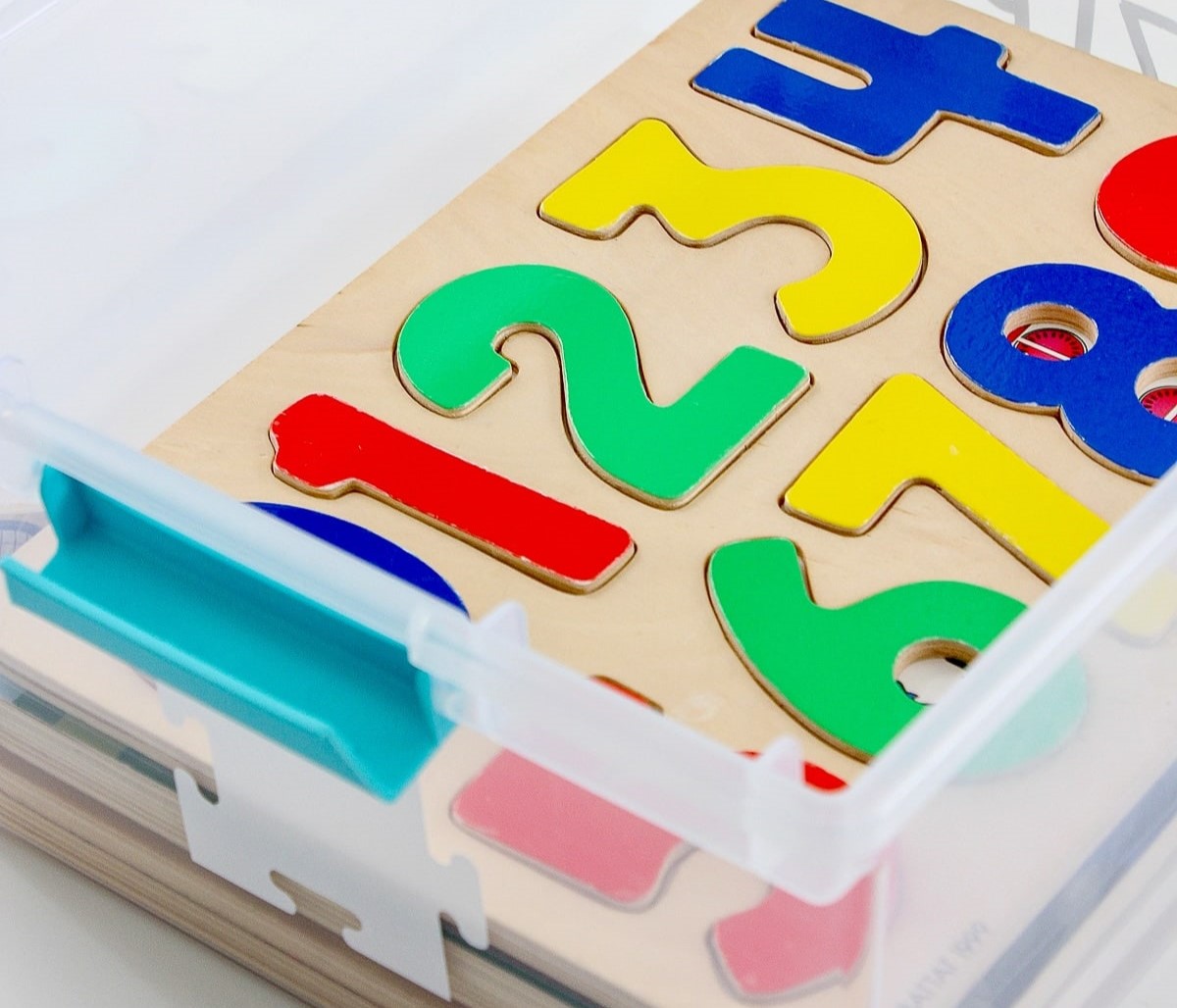
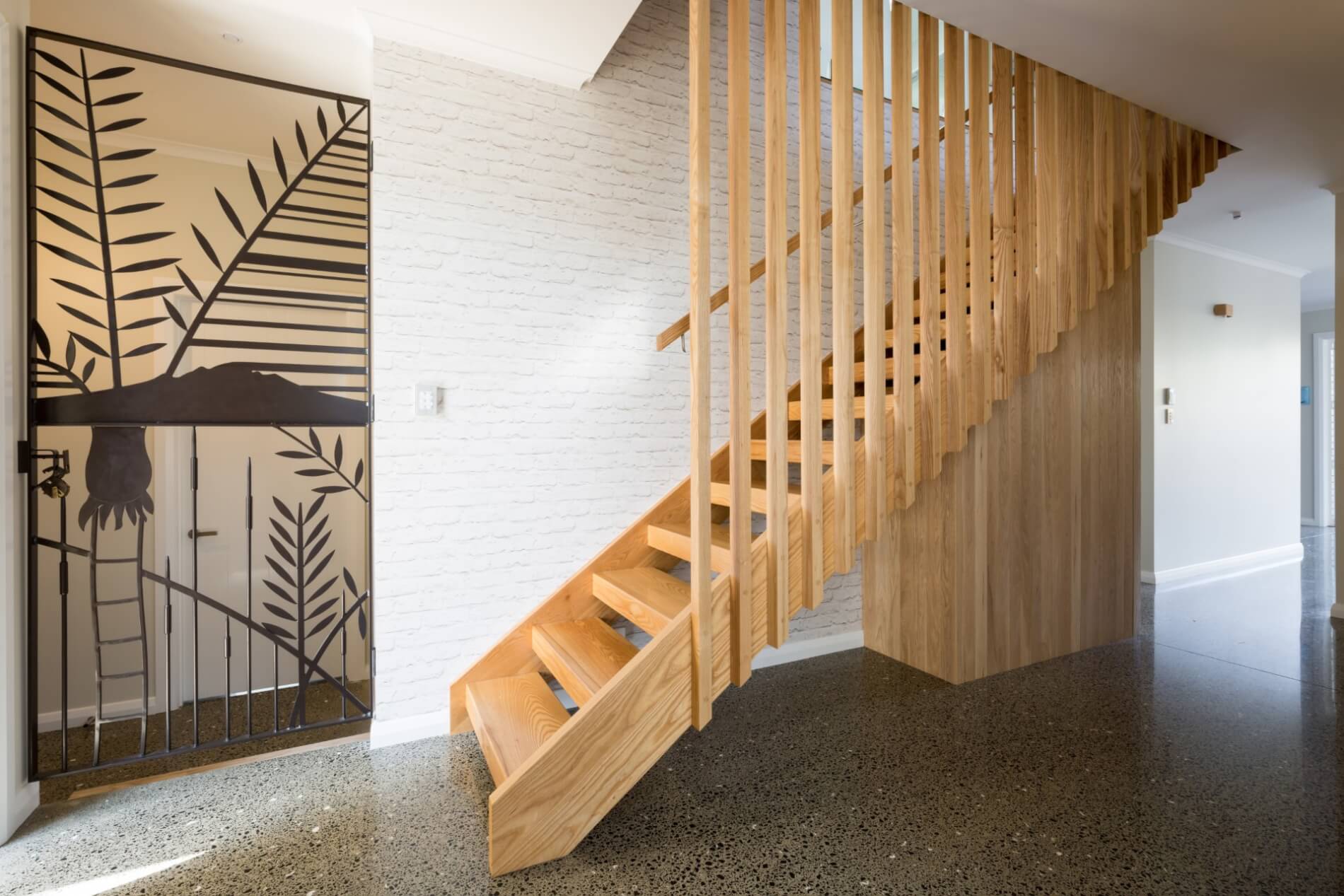
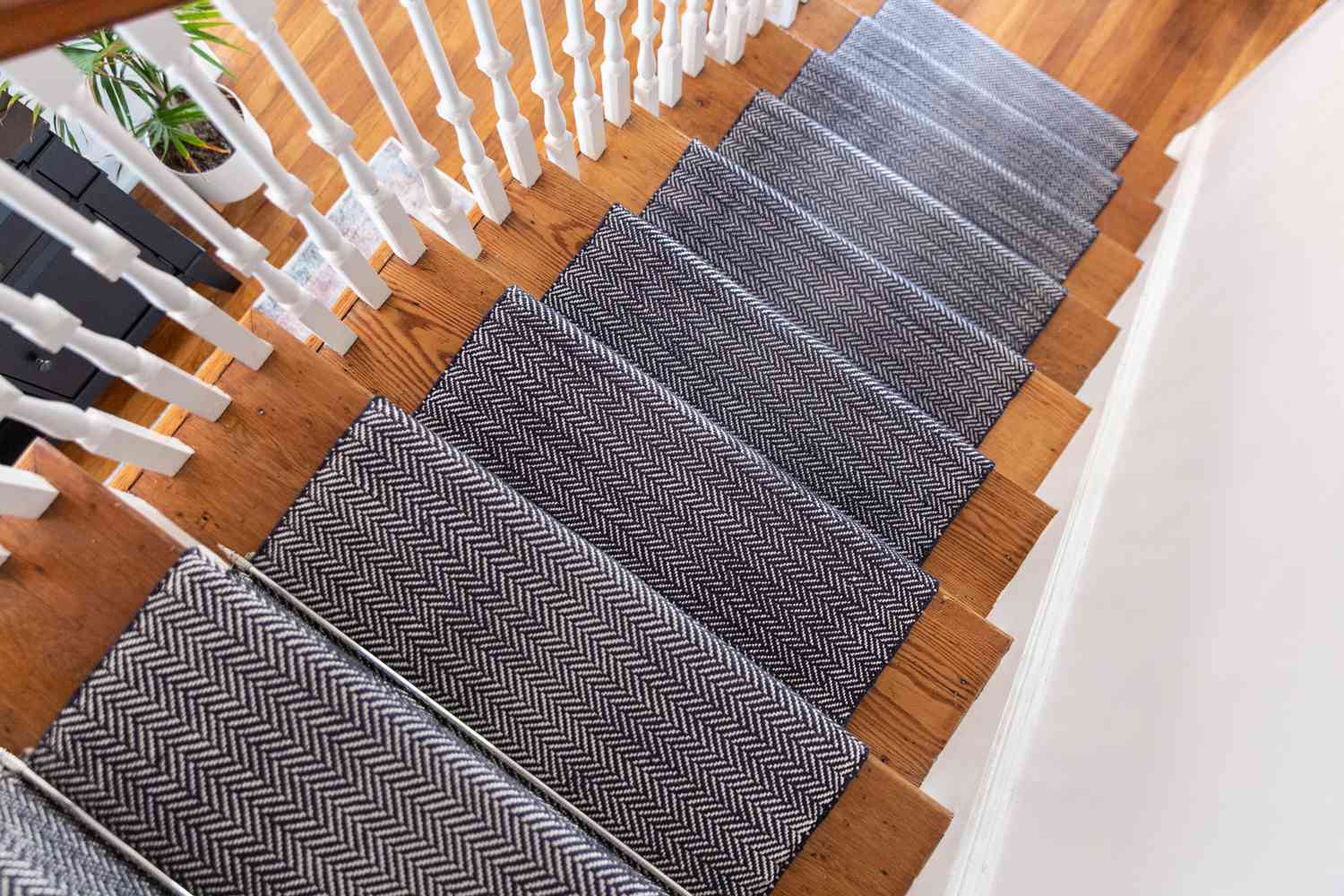

0 thoughts on “How To Care For Wooden Countertops”